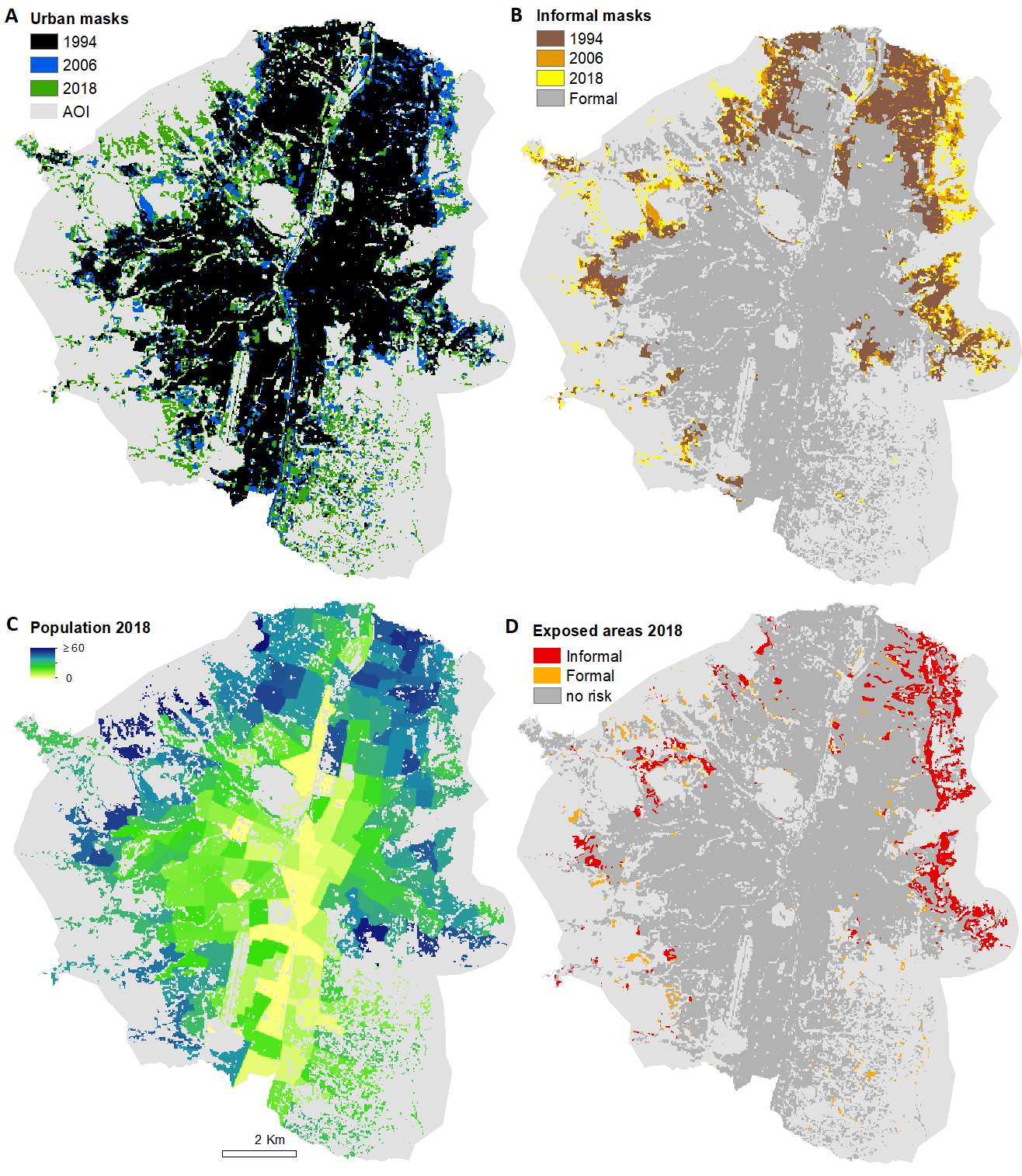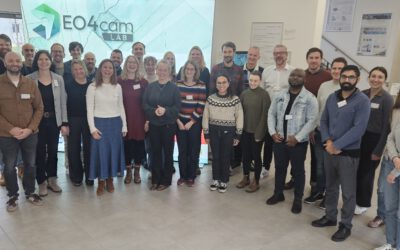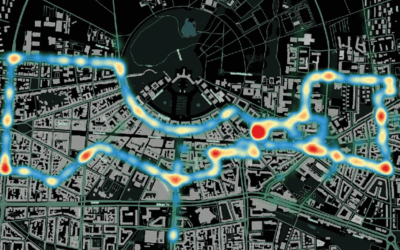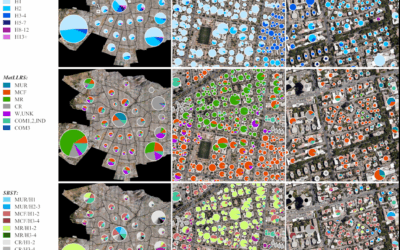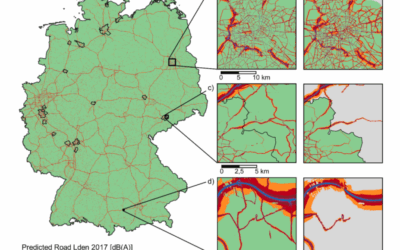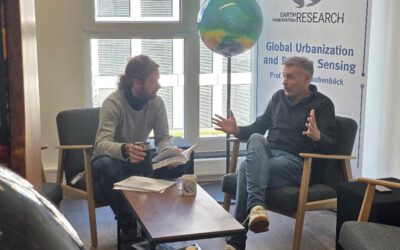A new paper on multitemporal landslide exposure and vulnerability assessment was just published by Marlene Kühnl, Marta Sapena, Michael Wurm, Christian Geiß & Hannes Taubenböck.
Abstract: Landslides are often deadly natural events. Steep slopes and certain loose soil types are predestined areas for them. Moreover, in the context of climate change, extreme weather events such as heavy rainfall, which often trigger landslides, are becoming even more likely. While all this is well known, it, therefore, stands to reason that this knowledge will lead to the avoidance of these risks. On the other hand, however, there are highly dynamic urbanization processes that often overtake formal urban planning processes by rising population figures and areal expansion. In the course of these processes, economically deprived population groups often have no other option than to informally build on high-risk areas. Against these backgrounds, we systematically examine in this study how these risks
develop over a 24-year period from 1994 to 2018 taking into account three time steps, with respect to the citywide exposure and in particular with respect to different social groups. For this purpose, we use heterogeneous input data from remote sensing, landslide hazard maps, and census data. Our case study is the city of Medellín in Colombia. We develop and apply a set of methods integrating the heterogenous data sets to map, quantify and monitor exposure and social vulnerability at a fine spatial granularity. Our results document first of all the highly dynamic growth in total population and urban areas. However, our results reveal that the city’s expansion is socially unevenly distributed. People of higher vulnerability proxied by informal settlements are found to settle in considerably higher shares
of areas exposed to landslides. This study proposes a methodological setup that allows for monitoring exposure and social vulnerability over long time spans at a fine spatial resolution, allows to bring inequality into the spotlight, and provides decision-makers with better information to develop socially responsible policies.
read the full article here:
https://link.springer.com/article/10.1007/s11069-022-05679-z

